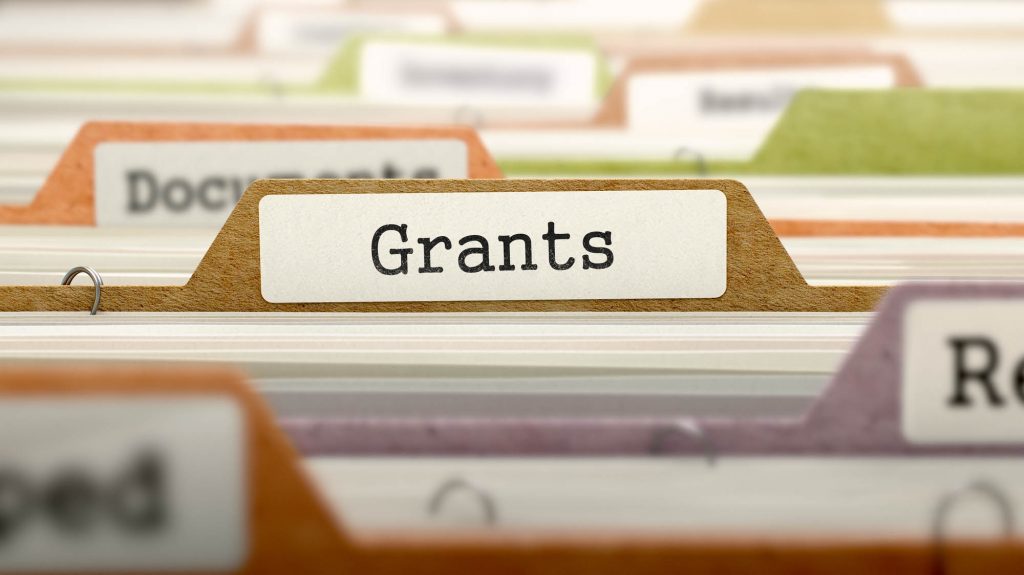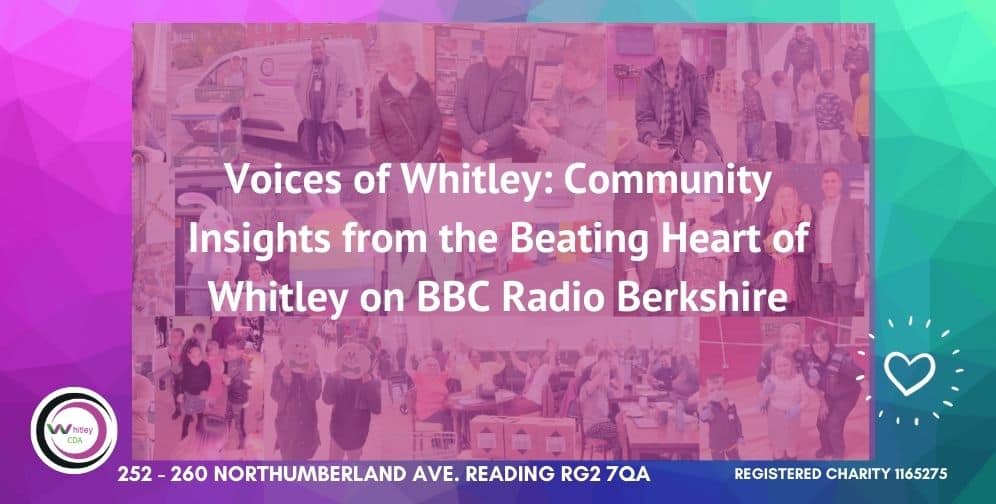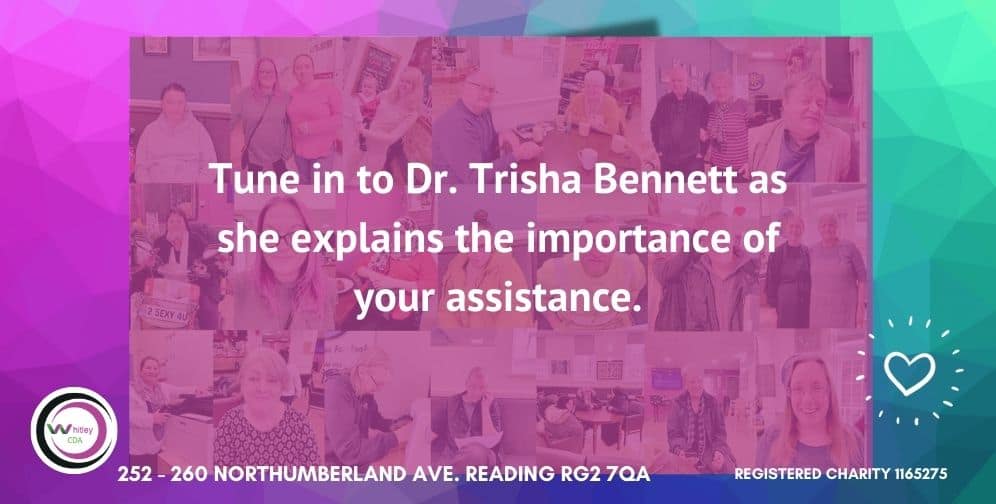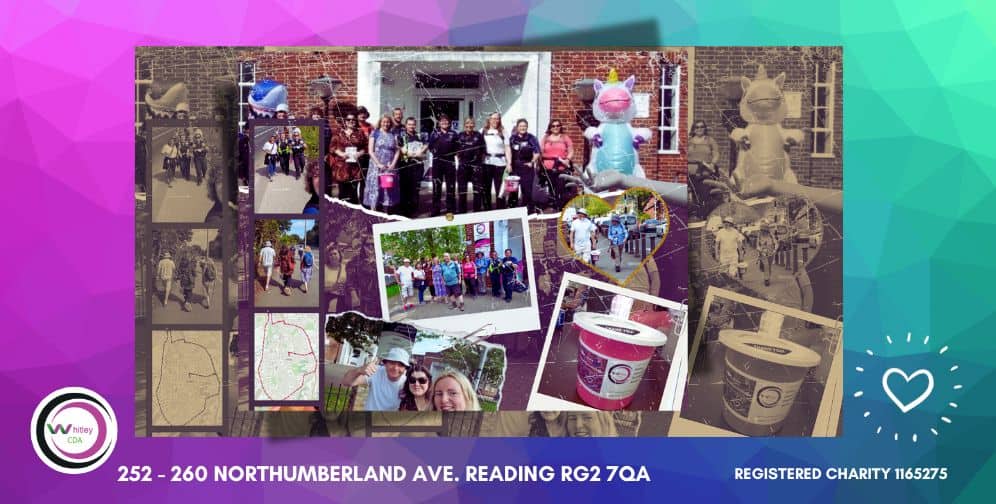Tips on making a grant application

Whilst scrolling through Twitter, as you do, we came across these tips from Jon Arnold. We thought they were so good we should share them with you. Jon can be found on twitter and is tiny tickers CEO. He was previously the BBC Children In Need North grant making committee chair and has been shortlisted as Charity Times Rising CEO Star 2017. Therefore this is no doubt great advice.
1. Know the funder. Don’t apply for things they don’t fund – that just wastes everyone’s time (mostly yours). Read their website, guidance, ask questions if it’s not clear what they fund. Don’t risk the application you spent hours working on going straight into the ‘no’ pile.
2. Fit the funder to the project, not the other way around. In other words, don’t find a funder & think ‘what can we do that they would fund?’. Start with the project & then see who would fund that type of work.
3. Be passionate about your cause & your work. Be yourself – don’t get bogged down in fancy terminology – the people who will be deciding whether to fund you are just that, people. Let your passion shine through & your application will stick in their minds.
4. Not all charities have professional fundraisers & bid writers. That’s okay, don’t pretend to be something you are not – just let the funder know that you’re a small charity with limited resources but heaps of passion for what you do (& that you’re blooming good at it).
5. Ask for enough money, & be clear how you’re going to spend it. Don’t squeeze the budget too much just because you think a lower ask will mean more chance of funding. Be realistic – ask for what you need to deliver success.
6. Clearly explain the problem you are trying to solve – why your work is needed. And clearly link your work to the solution to that problem – how are your activities going to lead to the outcome your beneficiaries need?
7. While I’m on outcomes, remember outcomes are different to outputs. When talking about impact, don’t fall into the trap of just listing outputs. ‘100 people attended our project’ – great, but what difference did attending make for them? What changed because of what you did?
8. Don’t assume the people reading your application know anything about your cause, or your charity. Explain everything, including the most basic of basics.
9. Case studies & more case studies. Let the voice of your beneficiaries be heard. Show you are delivering WITH your beneficiaries, not just TO them. A powerful case study means your application sticks in the mind. I can still remember the most powerful ones, years afterwards.
10. Blend evidence & anecdotes. Facts & figures to show need & impact, plus softer examples. I recall a young carers project that told how they’d teach the kids to cook Christmas dinner, otherwise, they wouldn’t ever get one. Jumped off the page & put tears in my eyes. Powerful.
11. Be excited; be confident; be awesome. If you can’t get excited about the impact the funder’s money will have, how do you expect them to be? One application I read started their answer to a question on impact with “in the last three years we have been incredible”. Love it
Finally, good luck! Small charities are amazing – keep up the brilliant work folks!
Thread alert!
My 6yrs recommending/declining funding applications for Children in Need has ended. I thought charity folks may find some of what I’ve learnt handy. Here are my 11 (everyone loves a freebie) tips. Just my observations, not the views of CiN or others…@sccoalition— Jon Arnold (@jonmarnold) 21 September 2018











